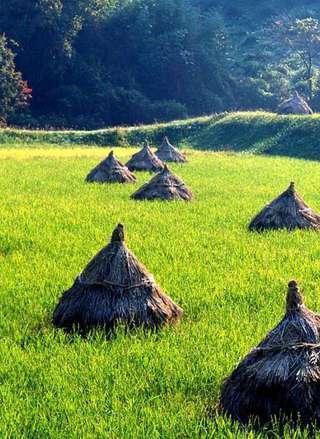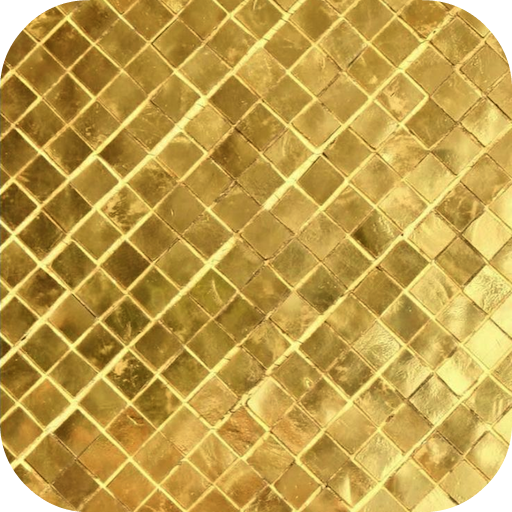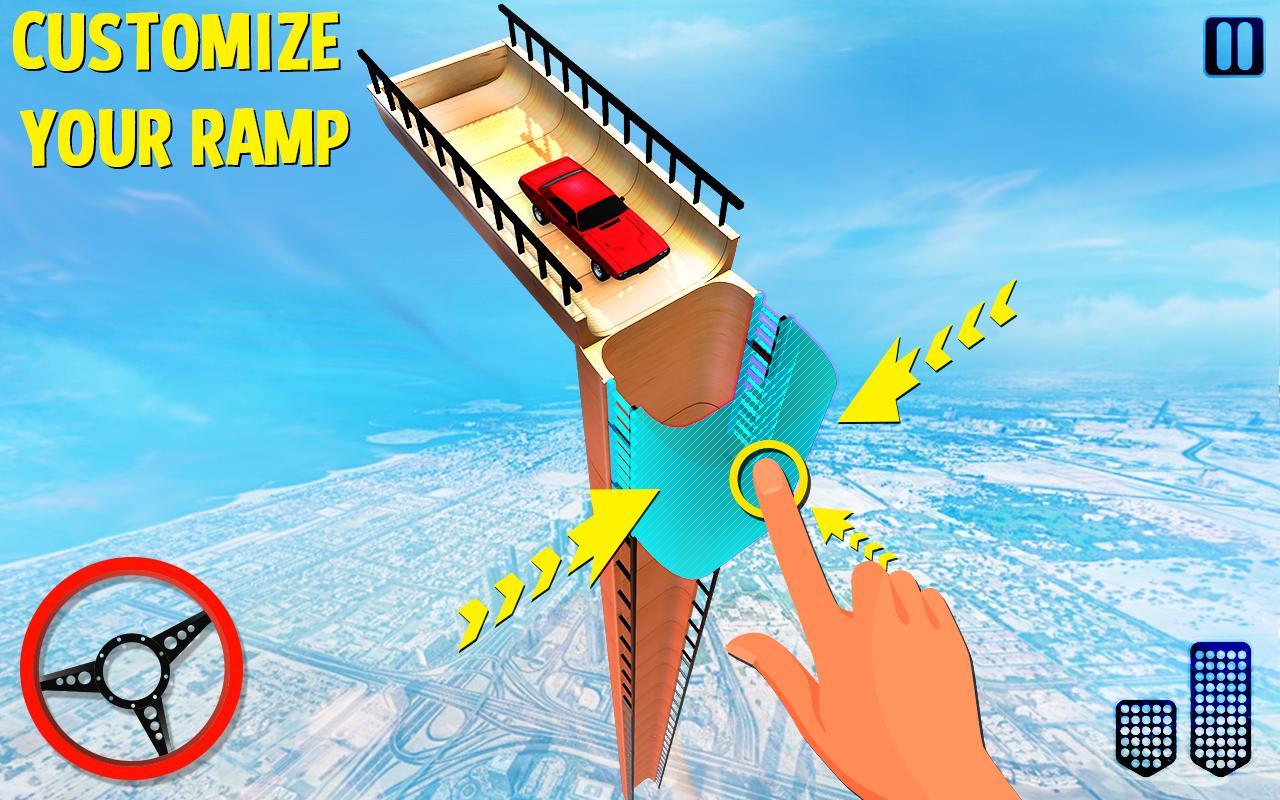 Offline
Offline

Rice Terrace Puzzle
In agriculture, a terrace is a piece of sloped plane that has been cut into a series of successively receding flat surfaces or platforms, which resemble steps, for the purposes of more effective farming. This type of landscaping, therefore, is called terracing. Graduated terrace steps are commonly used to farm on hilly or mountainous terrain. Terraced fields decrease erosion and surface runoff, and are effective for growing crops that require a lot of water, including rice. The only rice terraces to be recognized as a UNESCO World Heritage Site are the rice terraces of the Philippine Cordilleras.[1]
Terraced paddy fields are used widely in rice, wheat and barley farming in east, south, and southeast Asia, as well as other places. Drier-climate terrace farming is common throughout the Mediterranean Basin, e.g., in Cadaqués, Catalonia, where they were used for vineyards, olive trees, cork oak, etc., on Mallorca, or in Cinque Terre, Italy.
In the South American Andes, farmers have used terraces known as andenes for over a thousand years to farm potatoes, maize, and other native crops. Terraced farming followed complex systems developed over centuries by Inca engineers to conserve scarce water in the mountains. The terraces were built to make the most efficient use of shallow soil and to enable irrigation of crops. The Inca used a system of canals, aqueducts, and puquios to direct water through dry land and increase fertility.[citation needed] These terraced farms are found wherever mountain villages have existed in the Andes. They provided food necessary to support the populations of great Inca cities and religious centres such as Machu Picchu.
Terracing is also used for gardening on sloping terrain; the Hanging Gardens of Babylon may have been built on an artificial mountain with stepped terraces like those on a ziggurat.[citation needed] At the seaside Villa of the Papyri in Herculaneum, the villa gardens of Julius Caesar's father-in-law fell away to give pleasant and varied views of the Bay of Naples.
Terraced fields are common in islands with vigorous slopes. The Canary Islands present a complex system of terraces covering the landscape from the coastal irrigated plantations to the dry fields in the highlands. These terraces, which are named "cadenas" (chains), are built with stone walls of skillful design, which include attached stairs and channels.[citation needed]
In old English, a terrace was also called a "lynch" (lynchet) and an example of a Lynch Mill in Lyme Regis, for which the water arrives via a river ducted along a terrace. This set-up was used in steep hilly areas in the UK.
Get free Primogems, Mora, Experience, and more with these November 2024 Genshin Impact codes, 5.1 livestream codes, and find out how to redeem active codes.
If you are bored with playing the vanilla version of Metaphor ReFantazio, you can check out these five mods.
Struggling with your submissions for Roblox's The Haunt event in 2024? Check out our guide on using Dress to Impress to create your captures!
Our walkthrough for Dragon Age: The Veilguard with some handy tips and tricks, with guides for puzzles, bosses, companions, equipment, romance, and more!
Which faction should you pick in Dragon Age: The Veilguard?
Looking for some bonus resources in Sea of Conquest: Pirate War? We’ve got you covered with these codes for the latest seafaring freebies.
On our website, you can easily download the latest version of Rice Terrace Puzzle! No registration and SMS required!





